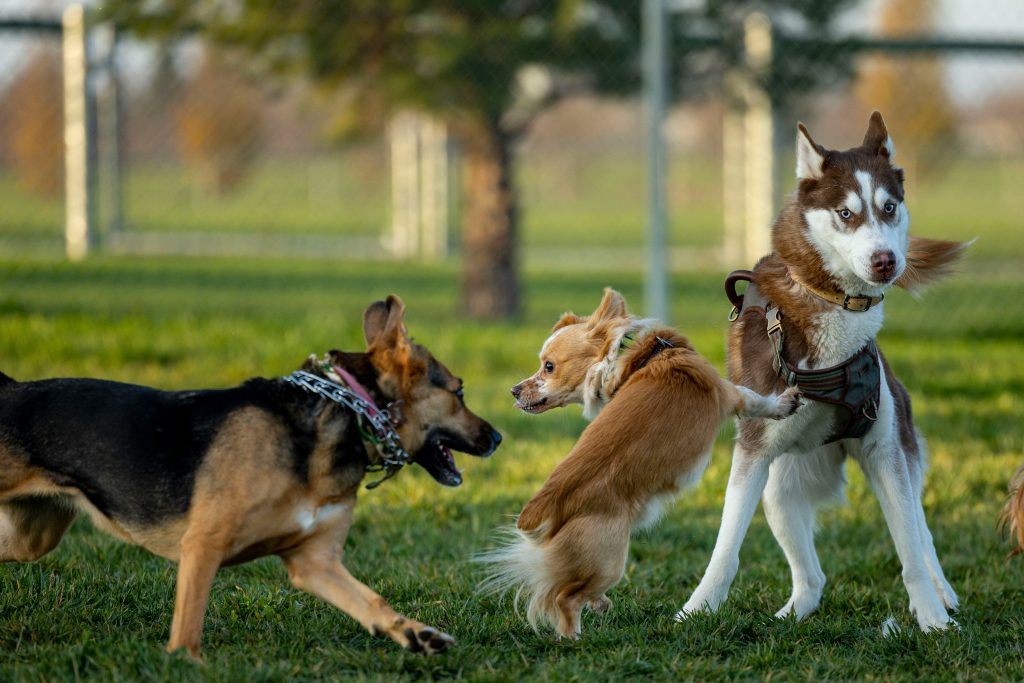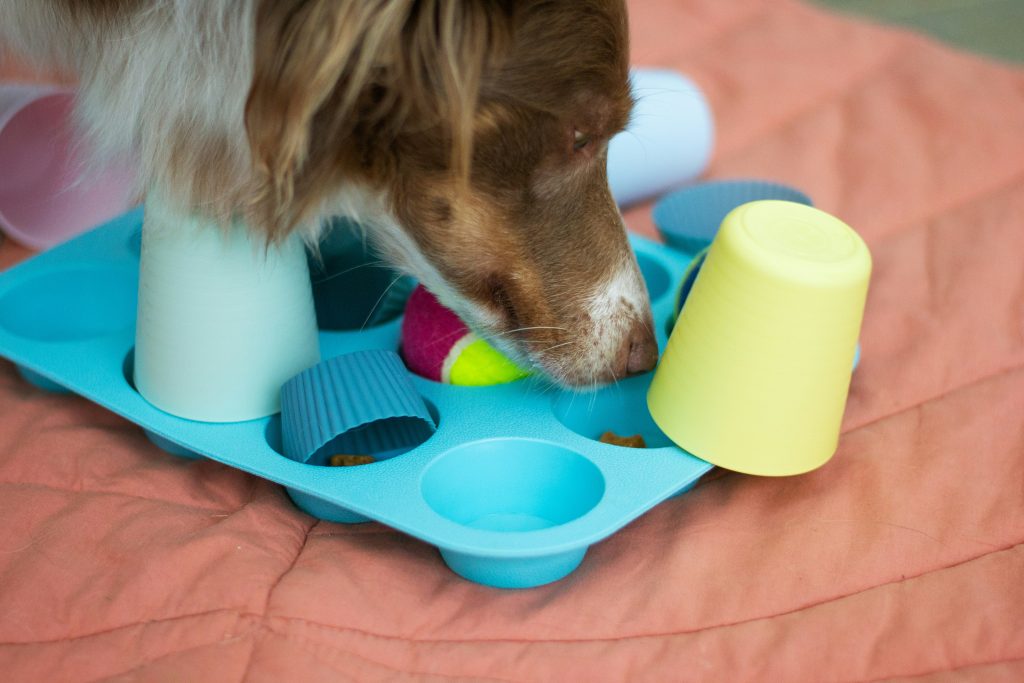Puzzle Toys That Keep Dogs Engaged
Dogs are intelligent, curious creatures who crave more than just physical exercise. Just like humans, they need activities that challenge their minds and encourage problem-solving. One of the best and easiest ways to provide mental stimulation at home is through the use of puzzle toys.
Whether you have a food-motivated pup, a high-energy herding breed, or a senior dog needing gentle stimulation, puzzle toys offer engaging fun and enrichment for all types of dogs.
In this blog, we’ll explore the benefits of puzzle toys, types available, and how to choose the right one for your furry friend.
Why Mental Enrichment Matters
Dogs that are mentally stimulated tend to be:
-
More relaxed and well-behaved
-
Less prone to destructive behavior
-
Easier to train and focus
-
Less likely to suffer from boredom-related anxiety
Mental enrichment is especially important for:
-
Puppies who need to build confidence
-
Working breeds with high mental drive
-
Senior dogs who benefit from cognitive engagement
What Are Puzzle Toys?
Puzzle toys are interactive items that require your dog to think, move pieces, sniff, or solve a problem in order to get a reward—usually food or treats. Think of them as brain games designed just for dogs.
These toys often:
-
Encourage sniffing, pawing, nudging, and licking
-
Come in various difficulty levels
-
Help slow down fast eaters
-
Offer entertainment during alone time
Benefits of Puzzle Toys
1. Reduces Boredom
Idle minds often lead to chewed shoes or dug-up flower beds. Puzzle toys keep your dog engaged even when you’re busy.
2. Supports Natural Instincts
Dogs love to forage and hunt. Puzzle feeders mimic the thrill of the chase in a safe, controlled way.
3. Helps with Anxiety
Focusing on a puzzle can reduce nervous energy and provide a positive distraction from stress triggers.
4. Great for Rainy Days or Recovery
When walks or playtime aren’t an option, puzzle toys provide mental stimulation without physical strain.
5. Improves Problem-Solving Skills
Some puzzles require learning and memory. Over time, your dog will become better and faster at solving them.
Types of Puzzle Toys
Let’s break down the most popular puzzle toy categories and their benefits:
1. Treat-Dispensing Balls
Great for beginners, these toys roll or wobble around and release kibble or treats as the dog plays.
-
Examples: Kong Wobbler, PetSafe Busy Buddy Twist ‘n Treat
-
Best for: Active dogs, fast eaters
2. Snuffle Mats
These mats mimic grass or shaggy surfaces and let dogs search through layers of fabric to find hidden treats.
-
Great for: Scent-driven dogs
-
Bonus: Slows down eating
3. Sliding Puzzles and Flip Boards
These puzzles have compartments that slide, flip, or open when manipulated correctly.
-
Examples: Outward Hound Brick Puzzle, Trixie Flip Board
-
Best for: Medium to advanced puzzle-solvers
4. Kong Classic
This rubber toy can be filled with peanut butter, wet food, or frozen treats. Dogs chew and lick to get to the goodies inside.
-
Great for: Crate training, anxiety, long-lasting play
-
Pro Tip: Freeze it for a tougher challenge!
5. Interactive Electronic Toys
Some toys are battery-powered and respond with lights, sounds, or movement. Others dispense food at scheduled intervals.
-
Example: Petgeek Playbone, Wickedbone
-
Ideal for: High-tech enrichment and solo play
How to Choose the Right Puzzle Toy
Consider your dog’s:
-
Age and size: Choose toys that fit comfortably in their mouth and paws.
-
Skill level: Start easy and increase difficulty as they learn.
-
Motivation: Food-driven dogs usually do great with treat puzzles.
-
Play style: Gentle nudgers need a different toy than rough chewers.
Tip: Always supervise your dog with a new toy to ensure safety and prevent chewing through plastic parts.
DIY Puzzle Ideas
You don’t have to spend a fortune to challenge your pup. Try these simple homemade puzzles:
-
Towel Roll-Up: Roll kibble inside a towel and twist it up for your dog to unravel.
-
Muffin Tin Game: Place treats in a muffin tin and cover them with tennis balls.
-
Cardboard Box Foraging: Toss some kibble into a cardboard box filled with crumpled paper or safe packing material.
These easy hacks can be just as rewarding as store-bought toys!
Tips for Puzzle Toy Success
-
Rotate toys to keep things fresh
-
Clean them regularly to maintain hygiene
-
Always monitor playtime at first
-
Use healthy treats or kibble to avoid overfeeding
-
Encourage and praise as your dog figures it out
Final Thoughts
Puzzle toys are more than just entertainment—they’re tools for mental development, stress relief, and enrichment. When dogs are mentally stimulated, they’re calmer, happier, and more confident.
Whether it’s a five-minute sniffle session or a challenging flip-board puzzle, these activities help bring out the best in your pup.
So next time your dog’s looking for something to do, skip the fetch and grab a puzzle. You’ll be giving their brain a workout—and your furniture a break.


